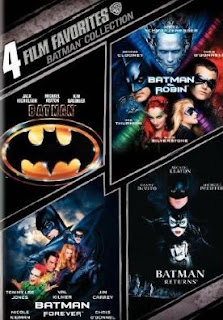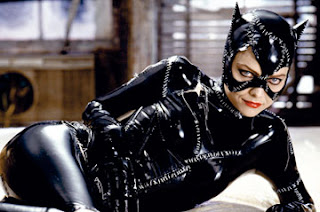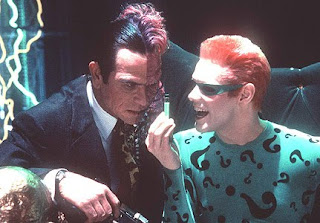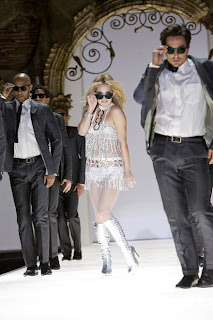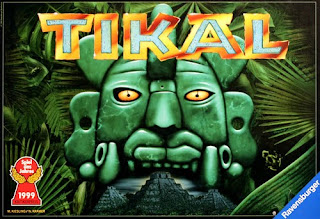 Comic books superheroes are largely powerful, gaudily dressed, and fighting for the greater good -- but what happens when these heroes are women? The Supergirls: Fashion, feminsim, fantasy, and the history of comic book heroines by Mike Madrid is a combination of history lesson and commentary on the roles and influences of the female heroes (and sometimes villains) of comic books, from their origin to the present.
Comic books superheroes are largely powerful, gaudily dressed, and fighting for the greater good -- but what happens when these heroes are women? The Supergirls: Fashion, feminsim, fantasy, and the history of comic book heroines by Mike Madrid is a combination of history lesson and commentary on the roles and influences of the female heroes (and sometimes villains) of comic books, from their origin to the present.The Supergirls takes a largely chronological look at the female crimefighter in the comic book, with each chapter covering a decade. The book begins with the heroines of the 1940s -- Phantom Lady and Lady Luck-- before moving on to more recognized superwomen like Wonder Woman, Batgirl, and Supergirl. Each chapter provides a historical context for what was happening and how it impacted comic books, and how the women reflected that time: World War Two resulted in star-spangled heroines in the 1940s, while MTV's "angst, detachment and cynisicm" was reflected in the heroines of the 1980s.
There's plenty of commentary to go along with the history. Madrid lets readers know very clearly what he likes and dislikes in the trends affecting women in comics, whether it's the numerous changes to Wonder Woman or the different treatment of male and female heroes when it comes to fashion or sexuality. He is often very persuasive in his ideas of what works and doesn't, though sometimes he can seem as sexist as the practices he bemoans. Describing Power Girl, he concludes, "...her character often comes off as a bitch, as was often the case with strident feminists." Madrid also complains about the skimpy outfits the heroines wear -- but he also complains about more modest outfits being "unisex" and unappealing.
Surprisingly, The Supergirls is not illustrated with pictures of its subjects. There is only a somewhat generic black and white drawing at the start of each chapter, so the reader has no visual basis for seeing what Madrid describes as classic or inferior art, or what is overly sexual or overly asexual, or what the less famous heroines looked like. (Can anyone describe the original Red Tornado?)
The Supergirls serves as a history lesson in two ways: The book gives a look at the backgrounds and roles of the female heroes through the years, and it shows how comic books are a reflection of popular culture, for good or ill. As one might expect, many feminist theories about the inequalities in the treatment of men and women are present here. Also present is a comic book fan, weighing in on the history and subjective highs and lows of the women in comic books. The Supergirls has its flaws, but this book is a pretty persuasive and enthusiastic look at female superheroes, an often-neglected but significant part of the comic book world.
Overall grade: B
Reviewed by James Lynch










